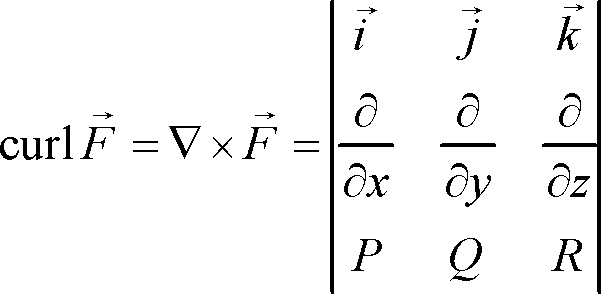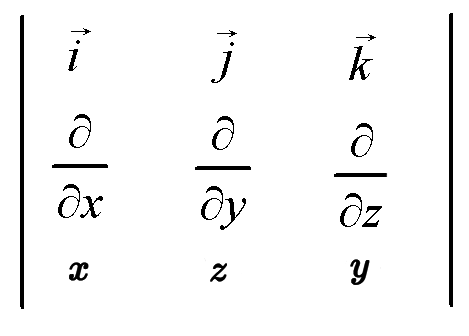A force field is described by #<F_x,F_y,F_z> = < x , z, y > #. Is this force field conservative?
1 Answer
The force field is conservative;
Explanation:
If
As stated above, the curl is given by the cross product of the gradient of

We have
#P=x#
#Q=z#
#R=y#
The curl of the vector field is then given as:

We take the cross product as we usually would, except we'll be taking partial derivatives each time we multiply by a partial differential.
For the
For the
(Remember that if we take the partial of a function with respect to some variable which is not present, the partial derivative is
For the
This gives a final answer of
This tells that our force field has the potential to be conservative (pun intended). We now must attempt to produce the potential function of the force field. To find the potential function of the vector field, we find
We are given
#f_x(x,y,z)=x#
#f_y(x,y,z)=z#
#f_z(x,y,z)=y#
We now find the antiderivative of one of these components. Which does not matter, so I'll start with
#f_x(x,y,z)=x#
#int(x)dx=1/2x^2+g(y,z)#
(Note we include
#=>f(x,y,z)=1/2x^2+g(y,z)#
We now take the
#del/(dely)(1/2x^2+g(y,z))=0+g_y(y,z)#
We set this equal to our original
#z=g_y(y,z)#
#=>g(y,z)=zy+h(z)#
Now we take the partial of the above function
#del/(delz)(zy+h(z))=y+h'(z)#
#=>y=y+h'(z)#
#=>h'(z)=0#
#=>h(z)=0#
Revisiting our function
We then have satisfied both conditions:

